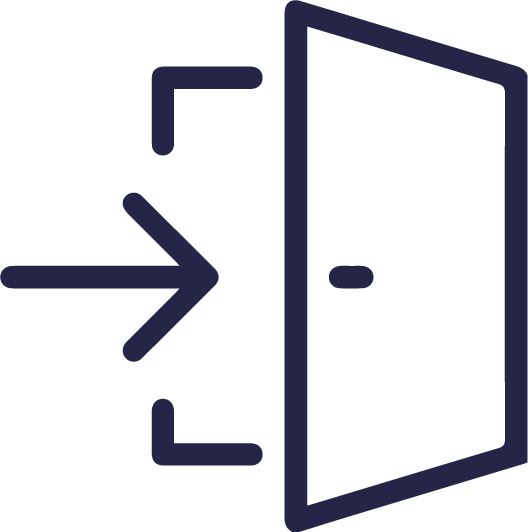
Common Scale Errors and How to Avoid Them
Weighing scales play a crucial role in many businesses, yet they are often taken for granted. It's easy to assume that if a scale shows a measurement, it must be correct. Unfortunately, this isn't always the case. Various common scale errors can occur, leading to inaccurate readings. This blog post will explore these errors and how to prevent them.
Problems Arising from Scale Errors
Scale errors can cause significant issues for businesses. One major problem is inaccuracy. Incorrect calibration can lead to inaccurate measurements, resulting in financial losses due to overcharging or undercharging customers, mislabeling products, and potential safety issues in food production.
Additionally, correcting scale errors can be costly. Recalibration requires time and money, and significant errors might necessitate replacing the entire unit, further increasing business expenses.
Common Scale Errors
Here are the most common scale errors and how to avoid them:
-
Overload Error
- Cause: Placing a load on the scale that exceeds its maximum capacity.
- Solution: Check your scale’s maximum capacity and ensure the load is within that range.
-
Calibration Error
- Cause: Incorrect calibration.
- Solution: Regularly calibrate your scales to ensure accurate readings. MWS offers a comprehensive calibration service for all types of weighing scales.
-
Drift Error
- Cause: Scale readings drifting over time due to environmental factors like temperature changes or mechanical wear and tear.
- Solution: Use scales in a stable environment and perform regular calibrations.
-
Environmental Error
- Cause: Variations in temperature and humidity affecting scale accuracy.
- Solution: Maintain a controlled environment for your scales.
-
Tare Error
- Cause: Incorrect tare weight settings leading to inaccurate readings.
- Solution: Regularly check and adjust the tare weight as needed.
-
Surface Error
- Cause: Placing scales on uneven or unstable surfaces.
- Solution: Ensure the surface is stable and level. Using a weighing station can provide a flat, stable surface for your scale.
Best Practices for Accurate Weighing
By following these guidelines and regularly calibrating your scales, you can avoid common scale errors. Always double-check your weights before recording them to ensure accuracy. If your scale consistently gives inaccurate readings or malfunctions, it might be time to replace it.
The best way to avoid these errors is to use a reliable third party like Micro Weighing Solutions to regularly service and calibrate your equipment. With professional servicing and calibration, you can be confident that your scales will provide accurate and reliable measurements for years to come, helping your business run smoothly and effectively.






